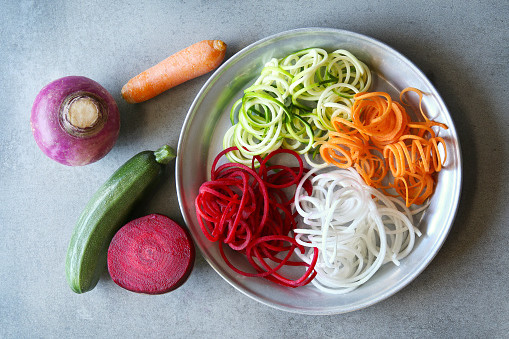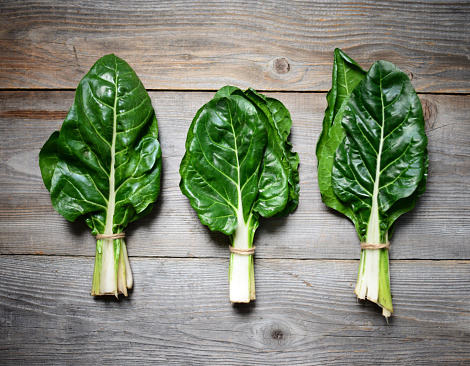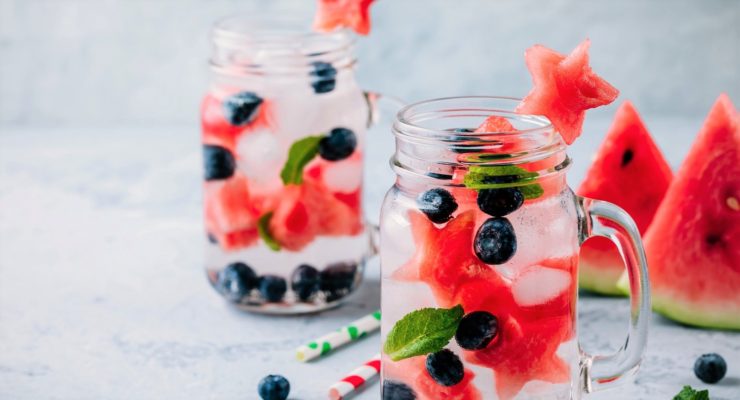5 Healthy Foods You Should Be Buying in Bulk
Article posted in: Lifestyle
If you know anything about Nutrisystem, you know that we believe in making healthy eating as easy as possible. That’s why we love members-only big box stores, which make one-stop shopping for all of your healthy essentials possible. There’s nothing better than being able to fill your house with healthy choices without emptying your wallet—or having to make four stops just to get everything you need.
Check out our list of top five foods you should consider buying in bulk if you want to save money and keep healthy options on hand:
1. Rolled oats, rice and other grains:
Complex carbs fill you up and keep you there—in a study from the Annals of Nutrition and Metabolism, people who ate oatmeal for breakfast consumed 30 percent fewer calories at lunch compared to those who ate faster-burning carbs from cold cereal. You can get those same fullness effects at lunch and dinner with easy-to-keep-in-bulk options like rice, barley and other grains.
And with the right reusable jars, you can keep them out in the open: Toss your uncooked grains in gasket jars and plop them right on your counter for a beautiful display that may also help you lose weight. That’s right: In a 2015 study from Cornell, women who had sodas sitting out on their counters weighed 20 pounds more than those who didn’t have those things in plain sight. People with healthy foods on the counter were the opposite: Women with fruit on the counter weighed 13 pounds less than those without the fruit.
The grains can actually help you with cravings for bad foods, too: Rolled oats can be combined with peanut butter, honey and chocolate for easy, no-bake homemade granola bars that fit in with your plan. Watch this video to see how.
2. Dry AND low-sodium canned beans:
Even if you don’t buy them in huge quantities, dry beans will save you a ton compared to canned: One-pound bags of dried black beans cost about the same as a 15.5-ounce can—and the dried yields more than twice as much. And like the grains, you can store them out in the open, in glass jars, to give the kitchen a healthy, rustic look—and remind yourself that healthy options are available.
But dried beans require soaking. Having a variety of canned, low-sodium beans on hand can be an easy way to add filling fiber and protein to meals. Just a half-cup of low-sodium cannellini beans offers six grams of fiber and six grams of protein with just 120 calories. That half-cup can turn a salad into a more filling and complete meal without the added fat and calories of a creamy dressing. And canned black beans can make a really easy, quick soup: Blend one can of low-sodium black beans, then simmer it with another, unblended can and some low-sodium salsa until it’s warm and thickened. Serve with a small dollop of fat-free Greek yogurt or a small portion of tortilla chips for the fastest homemade soup ever.
3. Frozen veggies:
Why frozen, and not canned? Salt. In order to keep vegetables shelf-stable for several years, canners of vegetables add salt. With frozen, you get the veggies without the salt—and you may actually get more nutrients than you would from eating them raw.
When fruits and veggies are frozen, they’re quickly blanched—that is, put in boiling water to lock in color and flavor—a process that can cause the produce to lose a little bit of Vitamin C. But then they’re flash-frozen, locking in the nutrients that are still there. Raw vegetables that have been sitting on the shelf—after sitting on a truck or plane to get to your store, and sitting in your refrigerator afterwards—are losing nutrients all the time. According to a 2010 study, fresh vegetables can lose up to 45 percent of their nutrients if they sit on the shelf for two weeks. Although admittedly, this study was partially funded by the frozen food industry, it isn’t the first time we’ve heard this: According to fruitsandveggiesmorematters.org, freezing produce may not only help preserve nutrients, it may also increase the availability of the nutrients to the body. So in some cases, frozen might just be better.
One case in which that’s definitely true: When you need dinner, but don’t have fresh food in the house. Stacking half your freezer with your favorite vegetables will save you money, sure, but it will also save you in that dinner-in-a-pinch situation, making it easy to fill half your plate with filling veggies that will pile your insides with nutrients, keep you feeling full with fiber, and keep you on your weight loss plan.
4. Frozen fruits:
Where canning vegetables uses salt, canning fruit uses sugar—lots of it. Where frozen pineapple chunks have just three grams of sugar in 3/4 cup, according to dolesunshine.com, the same quantity of canned pineapple chunks has more than 20 grams of sugar.
But buying these fruits in bulk is really about value: Small bags of frozen fruits can be really expensive—a bag of mixed berries from a national grocery delivery service can cost more than $7 per pound. Getting those same berries in two bags of five pounds each online will run around $4 per pound. Saving that much can mean having a little put away for a blender that makes craving-destroying smoothies all the easier to mix up—or it can be the start of a savings pot for a trip to the beach to celebrate your weight loss success.
5. Nuts and seeds:
The healthy fats in nuts and seeds make them great snacks and crunchy salad toppers that can help you reduce disease risk: In a 2013 Spanish study of 7,447 people, those with a high risk for cardiovascular disease who ate a Mediterranean diet—including a supplement of nuts—lowered their risk of stroke, heart attack and death by 30 percent.
Walnuts may be the best of the lot when it comes to cutting inflammation and cholesterol. Research presented in 2011 showed that walnuts have a higher concentration of antioxidants than any other nut, with Brazil nuts coming in second. But walnuts, as you know, are really expensive: A 14-ounce bag from a national grocery delivery service is $12.99—almost $15 per pound. Bulk is better: You can order a three-pound bag online for just $18.78.
If you buy nuts in bulk, beware they don’t bulk you up: The calories can add up quickly as you start to munch, wrecking weight loss progress and adding heart disease risks. If you know you’re a mindless eater, take time to pre-measure your bulk nuts into the correct serving sizes—for almonds, that’s two tablespoons for a PowerFuel—so when a snack craving hits, you know how much you can munch while staying on plan.











